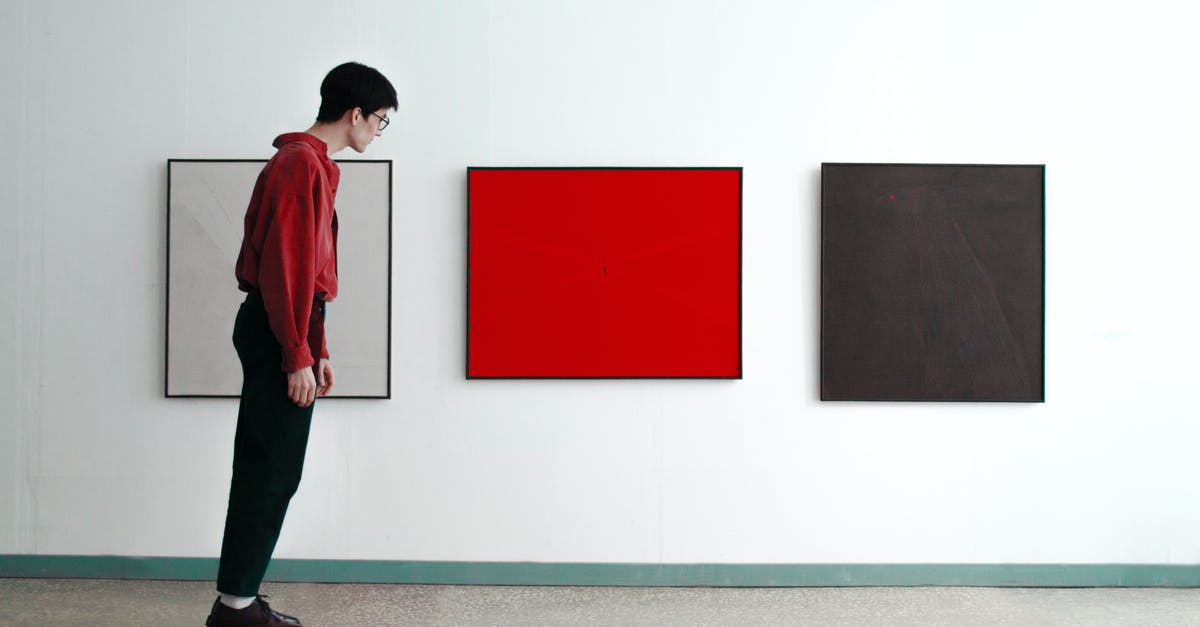Is there any purpose to the short fade to white?

At the end of All Is Lost, when Our Man inadvertently sets his lifeboat on fire while trying to get the attention of some light he sees in the distance, he has to jump into the water and after a little while of swimming ultimately sinks down into the sea. But once he sees that the light comes from a little boat approaching his lifeboat, he swims back up and grasps a hand that extends into the water.
But after this last frame the movie actually fades to white, before having it switch to black and rolling the credits shortly after. Now the movie certainly is not some overly esoteric self-finding trip but rather quite straight to the point, which doesn't really make me doubt that there really was a boat and a hand reaching out to him. Yet this makes me wonder about that fade to white even more, because as far as I know fades to white are usually used to signify death. The script by the way doesn't actually have a fade to white but to black.
Has there been any information by the filmmakers if this was intentionally left ambiguous, playing with the death-meaning of the fade to white (or, god beware, even a clear statement that he did actually die) or was this just some unrelated stylistic choice without any deeper implications?
Best Answer
It was left ambiguous for the audience but the main point is to show his struggle rather then what he achieved. It has been covered very well in slate.com:
At a Q&A with Chandor and star Robert Redford at the Telluride Film Festival in August, the moderator asked the audience, “How many people think he makes it?” The audience’s show of hands revealed “about a 50-50 split.”
In an interview with Television Without Pity, Chandor spoke about what the fade to white means to him:
There are 21 frames of white right at the last moment that I put in there and that’s a little unusual because it lights up the theater in a weird way. But in my mind, it was a way of cementing the end of the film and locking it in your mind, so it’s your film. I’m handing it over. Hopefully, you’re learning something about yourself and starting to think about that.
Robert Redford [...] says that he lives by his favorite T.S. Eliot line, from Four Quartets: “There is only the trying. The rest is not our business.” In another part of the interview, he echoes that idea: “To me, it was always to climb up the hill,” he says, “Not standing at the top.” Both these quotes bring to mind the first and nearly only lines in the movie, from the protagonist’s note:
I’m sorry. I know that means little at this point, but I am. I tried. I think you would all agree that I tried. To be true, to be strong, to be kind, to love, to be right. But I wasn't.
So as per my view I also see it as a story of struggle for survival. The struggle was the plot not the results. The point was in the protagonist’s note: "I tried. I think you would all agree that I tried."
Pictures about "Is there any purpose to the short fade to white?"



The Final Shot: Fade to White
Sources: Stack Exchange - This article follows the attribution requirements of Stack Exchange and is licensed under CC BY-SA 3.0.
Images: Skylar Kang, Вениамин Курочкин, Karolina Grabowska, Karolina Grabowska
